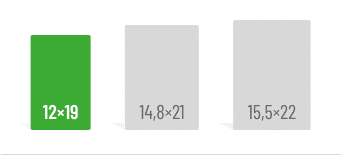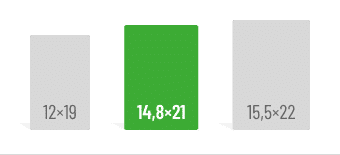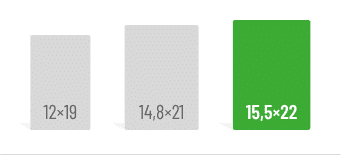First things first:
- Only jot down the essentials.
- Choose the note-taking medium that works best for you.
- Prepare for and review lectures on time.
Choosing the right note-taking medium (Digital vs. Paper)
To take notes efficiently during lectures, you’ll need the right tools. Decide what suits you best: traditional pen and paper or digital options? Use the method that helps you keep up with the lecture, but don’t hesitate to try new mediums from time to time.
Preparing notes beforehand
Some courses require you to read texts in advance, which will be discussed during the lecture or serve as its foundation. Summarizing these readings in bullet points beforehand allows you to focus on listening and understanding during the lecture.
Write only what’s not on the slides
The goal of note-taking isn’t to transcribe everything but to capture key points. Most lecture slides are made available to students. Therefore, only write down information that isn’t already on the slides. There are two approaches to this:
Annotate directly on the slides:
If slides are provided ahead of time and you’re taking notes digitally, add your comments directly to the relevant slide points.
Include references to slides:
If you prefer using paper or a separate document, add references to the slides for clarity. This way, you can easily track your notes and understand their context later.
Use abbreviations
Keeping up during lectures can be tough. Abbreviations for long or frequently used terms can make note-taking easier. Make sure to use abbreviations that you’ll understand later. Common options include: e.g. (for example), s.Sl.[15] (see slide [number]), etc. (and so on), s.Fig.[15] (see figure), I (important for the exam).
Take screenshots or photos of visuals
Important visuals might appear during the lecture but may not be included in the provided materials. To ensure you have access to these, take a screenshot or photo during class. Later, integrate these images into your notes for better understanding and reference.
Review notes promptly
Timely review is one of the most important aspects of university lectures. Reviewing notes soon after class helps with retention and reduces study time during exam prep. Additionally, it enhances your understanding of key concepts, allowing you to focus more on listening and comprehending during lectures rather than just taking notes.
Good to know:
- Lecture slides are often provided, so don’t try to write down every detail.
- Preparing before and reviewing after lectures simplifies note-taking and boosts comprehension.
- Prioritize quality over quantity: focus on understanding the lecture and noting the essentials.
- Common and personal abbreviations make note-taking quicker and easier.
Further reading:
Do you like our magazine?
Then sign up for our newsletter now!










